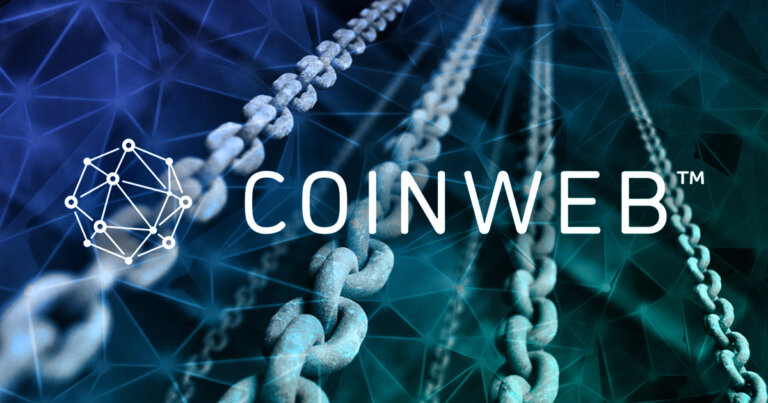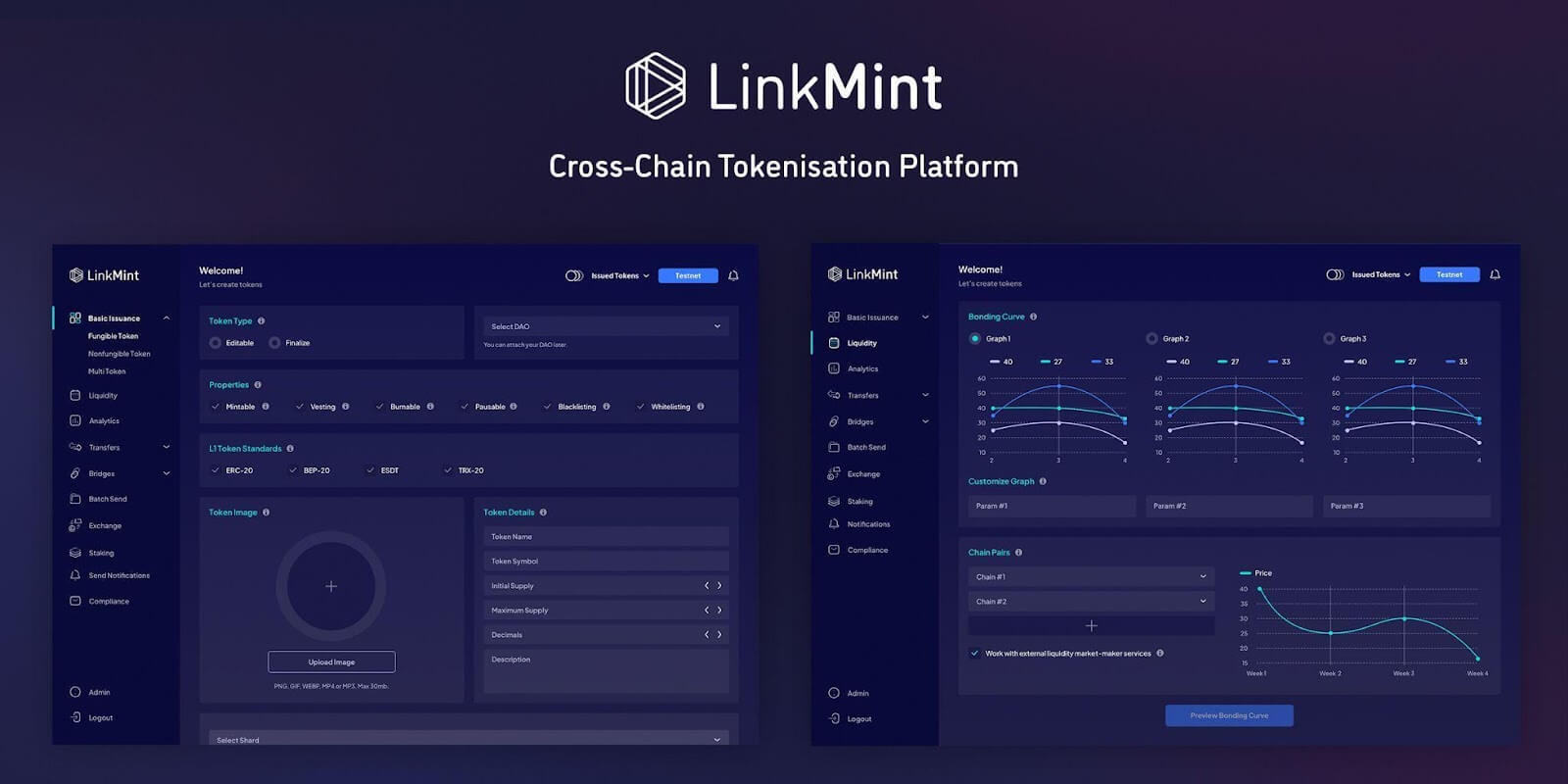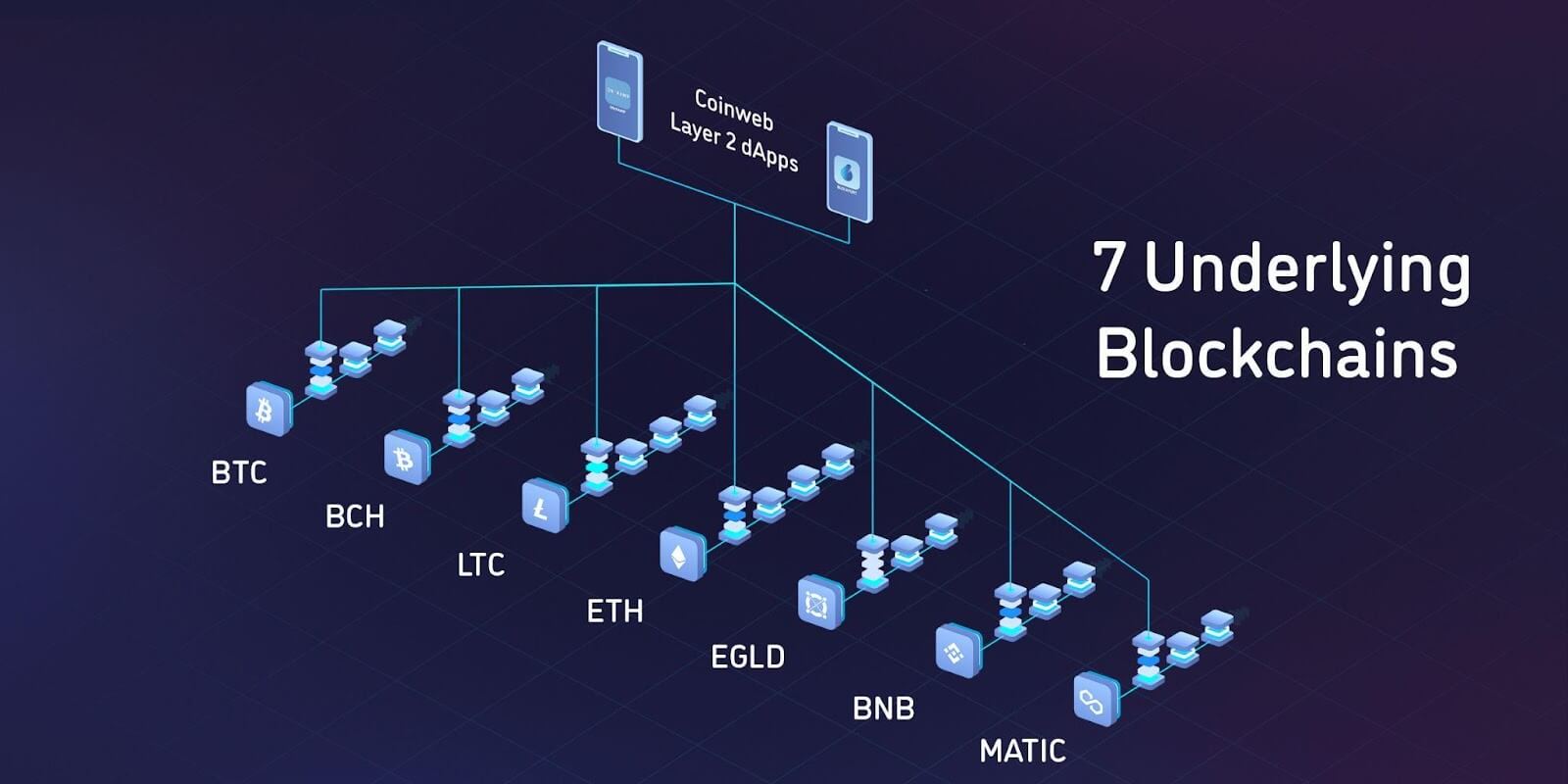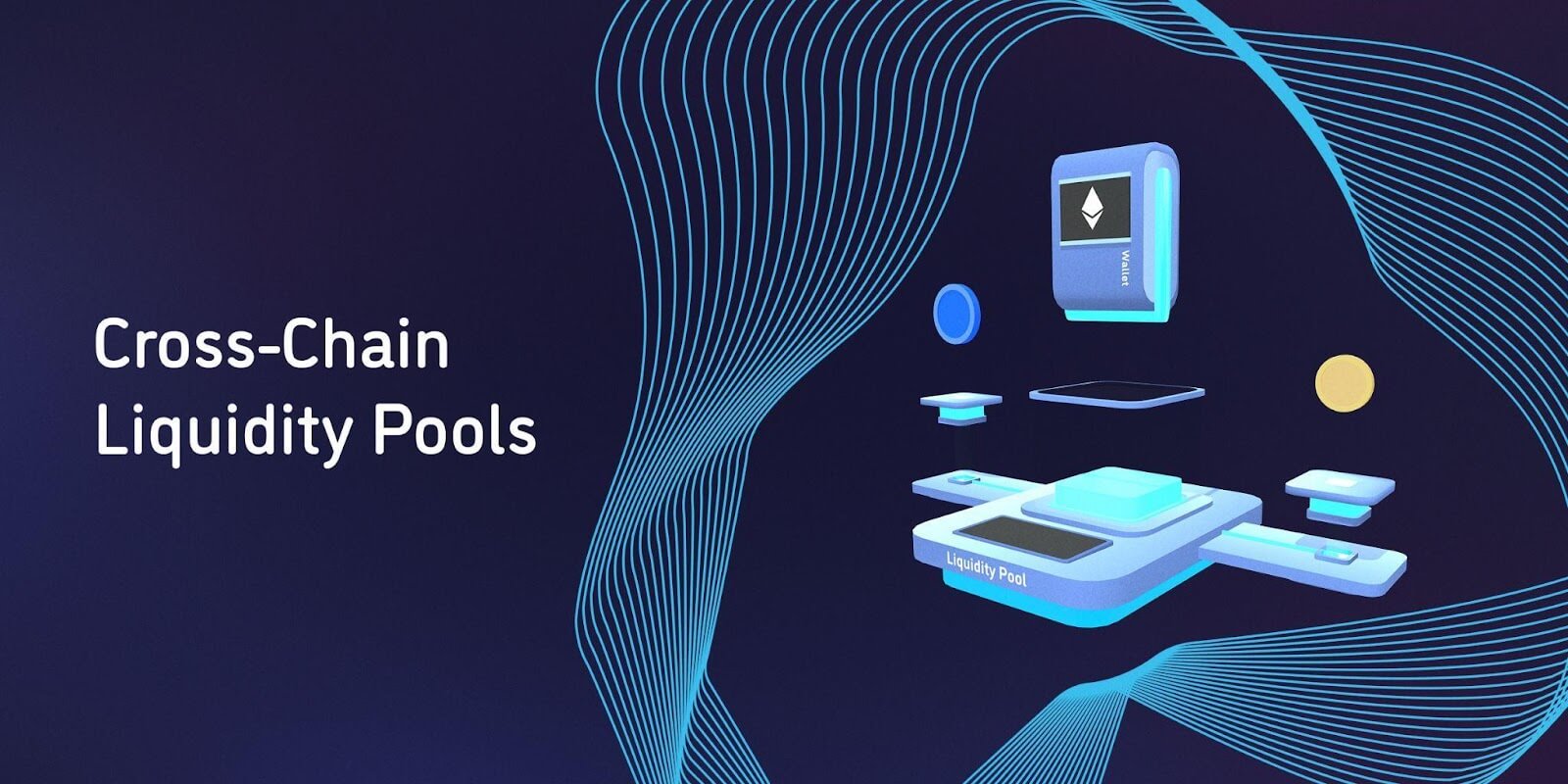 Coinweb to bring cross-chain tokenisation to Layer 2
Coinweb to bring cross-chain tokenisation to Layer 2 Coinweb to bring cross-chain tokenisation to Layer 2
Enter LinkMint, Coinweb's user-friendly cross-chain tokenisation platform

Cover art/illustration via CryptoSlate. Image includes combined content which may include AI-generated content.
Disclosure: This is a sponsored post. Readers should conduct further research prior to taking any actions. Learn more ›
As Layer 2 scaling solutions such as Arbitrum and Optimism are taking center stage in the narrative for blockchain development, the space is certainly where we can find the latest innovations and most exciting progress at the bleeding-edge of distributed ledger technology. Since this is generally viewed as the most likely area that will push blockchain to reach more adoption over traditional Layer 1 solutions, there is enormous value to be gained from being able to capture the needs of the consumer from a customer-centric perspective.
Enter Coinweb, a Layer 2 cross-chain computation platform that not only provides scalability, but multiple blockchain interoperability as well — all while maintaining the security level of the underlying Layer 1’s blockchain ledger. Employing a similar approach to optimistic roll-up technology that the leading solutions currently use, Coinweb goes further with its unique innovations in architecture, expertly designed product, and specifically developed ease-of-use features built on top of the protocol, delivering ease of use. With a rollout schedule to release components of this exciting platform that started in November 2022, Coinweb’s complete suite of products are meant to destroy the barriers that exist between blockchains and ultimately, open up new potential use cases with the aim of onboarding traditional businesses and their non-crypto native customer bases.

One of these component products is LinkMint, the world’s first user-friendly cross-chain tokenisation platform. The LinkMint platform was recently demonstrated at workshops, collaborative functions, and industry conventions designed to drive technology adoption and enhance consumer interactions that grow the space and value of blockchain capabilities. This includes how to create and issue bespoke tokens on Layer 2 infrastructure, and anchor the tokens down to a number of Layer 1 blockchains. As CEO Toby Gilbert explains,
“We’ve been working for several years to provide the solutions to blockchain’s biggest problems, and that has always referred to scalability, interoperability, and ease of use. If mass-adoption of blockchain technology is to be possible, we must be able to provide accessible and tangible value over the current centralized apps and technologies. That includes being a practically viable option to a wide variety of use cases, which is exactly what LinkMint provides with its cross-chain token creation interface”
Uses for cross-chain tokens have already been experimented with and implemented for loyalty points, inter-organisation data tracking, and real-estate fractionalisation. Coinweb designs these systems for each specific use case, and also takes an active role in the development and collaboration of branded deployments with their client-partnerships. Coinweb additionally invests in promising nascent projects through their ecosystem fund, Coinweb Labs. Creating the ecosystem fund is a natural and necessary component in advanced technology fields such as blockchain, to provide opportunities and investment for the independent development of innovative products and not-yet-seen implementations of new use case scenarios.

The seven integrated Layer 1 blockchains include Bitcoin, Ethereum, Bitcoin Cash, Litecoin, Elrond, Binance Chain, and Polygon, with plans to continuously connect more chains at a steady pace. Users of the platform will be able to write their token contracts into any one or more of these blockchains, including parameters such as mintability, burnability, and accessibility (whitelisting) – they can even be designed to incorporate token bonding curves. Through the Coinweb Layer 2 protocol, dApps are able to switch underlying chains at will – avoiding the platform risk that is default when being tied to any single blockchain, as well as future-proofing the project for any new or better blockchains that haven’t yet been developed.
The Coinweb architecture is designed to support the Web Assembly (WASM) runtime environment – making it highly compatible with the widest range of programming languages, unifying the developer space by enabling coders to work with each other across the industry and more, all on the same platform. The practical implications of this could not be understated; developers working on specific blockchains will be able to seamlessly migrate their project to another blockchain in the event of a technical failure or economic collapse – project managers can also dissociate their on-chain book value to a different native token or cryptocurrency, greatly reducing systemic and market risk inherent in the volatility of fluctuating coin prices. To point out two obvious examples where this would have made a significant difference, the projects that were developing on Terra and most recently, Solana following the spectacular implosion of FTX, could have simply migrated over Layer 2 and continue developing in an entirely interoperable ecosystem.
The planned introduction of cross-chain liquidity pools, when applied with this level of interoperable technology, will create game-changing innovations and use cases – all of which will be made possible after Coinweb mainnet goes live. For example, envision a business that could provide risk management services to developing blockchain projects’ treasuries by hedging on-chain assets across multiple blockchain denominations. Innovations such as this are new horizons that everyone in the cryptocurrency industry can be excited about, and provide considerable light ahead of the seemingly dark tunnel that envelopes us today.

The realisation of such innovations will undoubtedly become considerable milestones for the Coinweb team to look forward to. In fact, it would seek to impact the blockchain industry as a whole, which has been hindered by the limited interoperability between blockchain silos and their disparate communities. Even with new and exciting interoperability protocols attempting to solve these pain points today, Coinweb’s technology and Layer 2 execution protocol looks to become the first of its kind to simultaneously address the scalability bottleneck in a secure and easy-to-use environment, which can be designed specifically for businesses to brand with their own customized wallet development. It allows everyday users to enjoy the benefits and features offered by blockchain over traditional solutions, while the business leveraging on the technology can focus on building their customer relationships, providing their core value offerings and fostering unique customer experiences.
Coinweb’s entire suite of upcoming products include not only LinkMint, but a Multi-tenancy Wallet, a Coinweb native decentralized exchange (DeconX), native bridges with gas-fee abstraction, as well as fiat ingress and egress gateways that are fully compliant in over 200 countries worldwide. These developments, and the best in user interface and experience design comes together under one roof, promising to be a game changer for the industry and for new use cases throughout many industry verticals – at a massive scale.
For more information, contact [email protected] or visit https://www.coinweb.io to learn how these innovations can be incorporated into your business and implemented to benefit your communities.










































































































